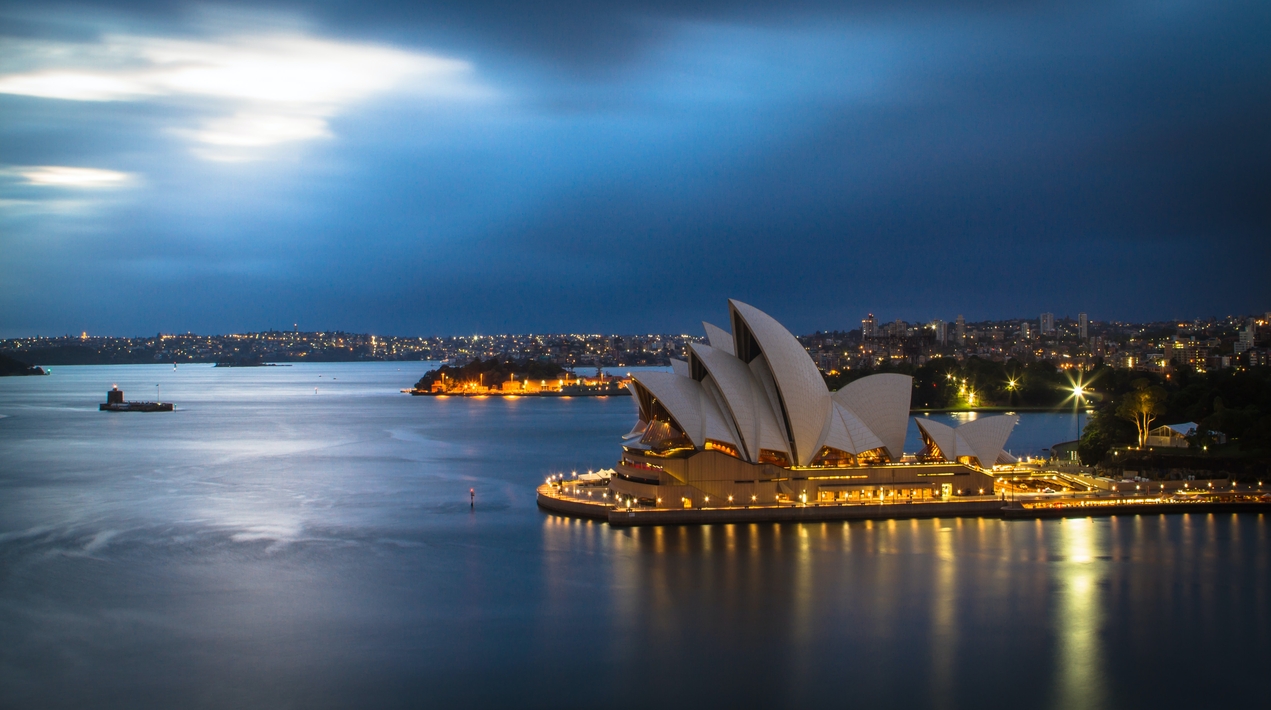
The Australian Government has invested over $600 million in strengthening the Australian Defence Force’s (ADF) maritime communications with a new Fleet Information Environment. This includes upgrades to naval systems and computer networks, thus enhancing its ability to securely exchange information while at sea.
A further $100 million will be invested in additional infrastructure work in Darwin, Cairns, Rockingham, Canberra and Sydney. The Minister for Defence said the upgrades are part of the government’s Economic Recovery Plan, which is creating jobs while delivering Navy with vital compatibility.
The investment is expected to create more than 100 new Australian high-tech jobs in areas such as computer systems design and engineering, and platform and system integration. The upgrades will provide faster, more capable and more secure computer-based information systems which ensure the ADF can operate in contested, congested and degraded information environments.
The Minister for Defence stated that as outlined in the 2020 Force Structure Plan, decision superiority in the maritime domain is essential for Defence’s ability to conduct operations. Deploying ships to sea presents unique information management challenges and requires computer networks that are designed to remain effective even in low-bandwidth or congested communications environments.
The funding will provide greater levels of cybersecurity and operational efficiency for Navy operations, and create jobs for Australians to help boost the economy as it recovers from COVID-19. The Minister for Defence Industry said Australian industry and Defence have worked closely to develop and build this capability.
She noted that this investment in a new Fleet Information Environment will create more than 100 jobs and demonstrates our investment and plans, creating new opportunities, jobs and skills for Australians. The government is backing Australian workers and Aussie businesses, creating a stronger defence industry on the road ahead, she added.
The project will deliver new software and hardware, based on a design which allows the system to be continuously updated with the latest available technology out to 2040. A Deployed Network Integration Centre will be established in Canberra, enabling Australian companies to work in a collaborative environment with Defence, to test their products for future upgrades.
The first stage of the upgrades to Navy platforms will commence in 2021 with HMAS Leeuwin in regional Far North Queensland.
The new 2020 Force Structure Plan
This 2020 Force Structure Plan details the Government’s intentions for new and adjusted Australian Defence Force (ADF) capability investments to implement the new strategic objectives in the 2020 Defence Strategic Update. It links Defence’s capability plans with Defence’s reform program, the More Together: Defence Science and Technology Strategy 2030 for innovation, and resourcing plans.
This Plan also builds on existing defence industry initiatives, such as the 2016 Defence Industry Policy Statement and the Defence Export Strategy, to maximising Australian industry involvement in Defence projects.
The 2020 Defence Strategic Update sets out the Government’s new strategic policy framework for Defence, providing identified geographic, operational, and capability priorities. It sets out three new government-directed strategic objectives for Defence: to shape Australia’s strategic environment; deter actions against Australia’s interests; and respond with credible military force, when required. This framework is intended to provide a focus for planning, and alignment with broader Government initiatives.
Enhanced special forces capabilities, strengthened operational cyber, integrated intelligence surveillance and reconnaissance, and increased space tracking and sovereign satellite systems will better enable the ADF to respond to grey-zone activities, including cyber and information operations.
















